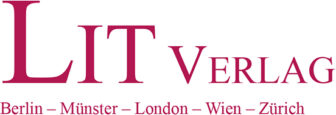Beschreibung
In the last 30 years a seemingly insignificant number of New
Religious Groups has grown rapidly and reached an average 18
percent of the population in the Pacific Islands. Without
overdramatising the situation, it can be said that we have
di bid farewell to the “good old times” when the vast
majority of Pacific Islanders belonged to one or another of
the historic mainline churches established by missionaries
from Europe and North America in the last century.
Characteristically, these churches in the South Pacific were
accustomed to look at the New Groups either with ignorance,
indifference, condemnation or rejection. In using written
records and extensive interviews and statistics, the author
collected invaluable resource materials for this unique
study, which can be seen as an attempt to promote a new
understanding of New Religious Groups in a Pacific Island
context.
As is suggested the causes for the growth and increasing
number of “sects” are multifaceted and can be traced back
to a general ideological expansion of cultural values from
the industrialized western countries, which were compatible
with the worldwide expansion of the capitalist mode of
production. Most important, however, is the process of
ongoing social change and its concomitant crisis symptoms
which are responsible for the massive movement of
individuals into one or another of the new, salvation
promising communities.
Most thought provoking, Ernst’s survey was overdue and fills
not only a gap in the available literature on contemporary
Christianity in the Pacific Islands, but contributes also
for the first time to the worldwide discussion on New
Religious Groups from a Pacific perspective.

